Southern octopus dumpling: stuffed with glowing bacteria (10 photos)
It’s not for me to tell you about dumplings; the vast majority of residents of the post-Soviet space know what these things are and how to eat them. Well, today I will tell you about their wild counterparts, the southern dumpling octopuses! 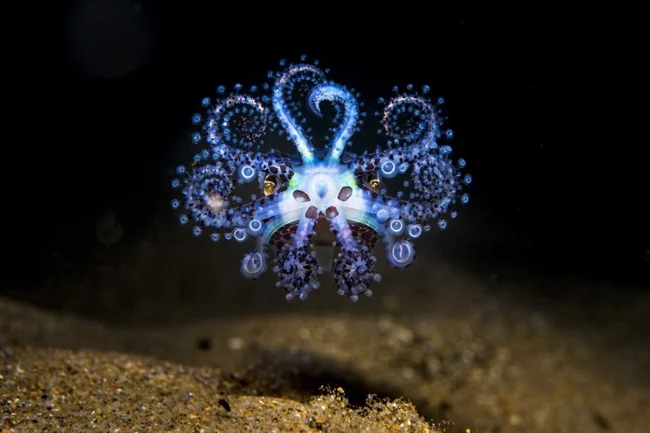
The English name uses the word "dumpling". It refers to any dish in the form of a boiled piece of dough with a filling. So you can call it octopus ravioli, for example. 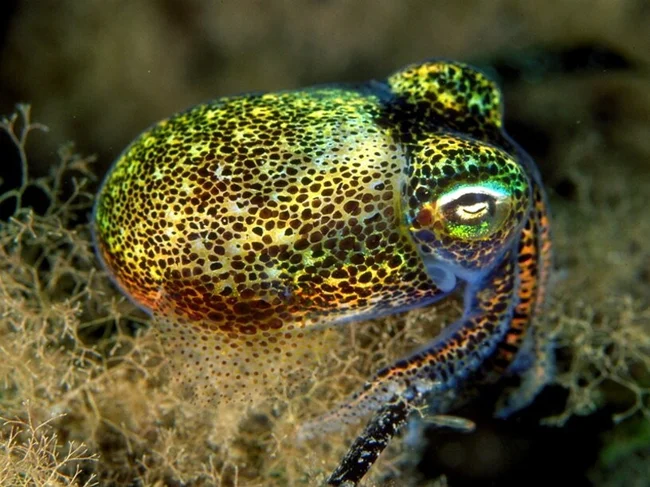
These animals are strikingly different from the dumplings we are used to. This is understandable; octopuses populated the coastal waters of Australia, and not the freezers of Eurasia. They love sandy beaches and sunshine, so they never go below 80 meters below sea level. 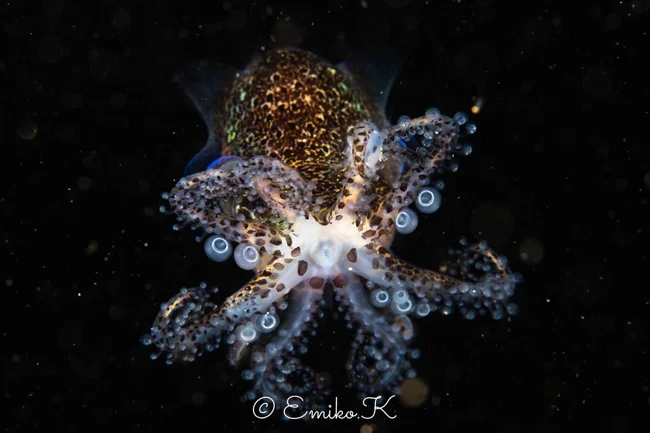
A miniature nightmare from the shallows.
An adult southern dumpling is noticeably larger than its domestic counterpart and resembles a full-fledged dumpling - from 5 to 8 centimeters in length! It has 8 tentacle arms with jagged rims at the ends, a keratin beak and a supply of lotions necessary for survival. 
Dumplings have never looked so good!
The most important of them is the filling. No beef, pork or horse meat, only premium bioluminescent bacteria! They live in the light organ, under the mantle (read - under the dough) and help both camouflage and search for prey. The octopus can manipulate the transparency of its mantle, causing the color of the radiation to vary from green to yellow. 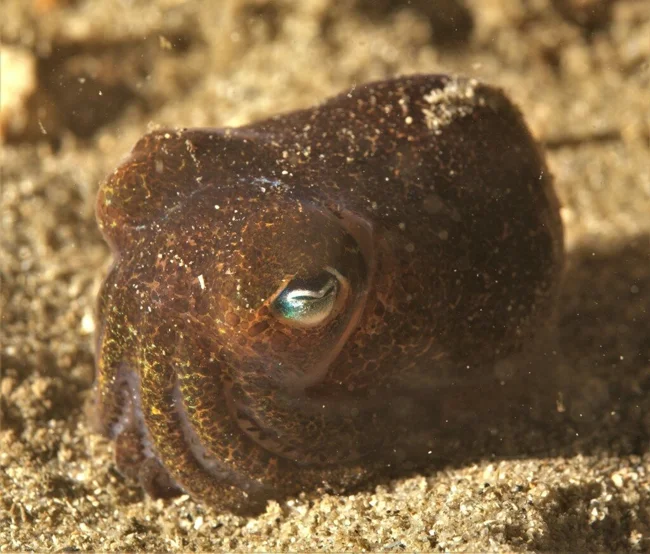
And this one burned (
At night, XXL size dumplings contrast against the background of sand, which attracts the attention of small fish and invertebrates. Those who are too curious are honored to look at the octopus from the inside - the clawed (!) tentacles and strong beak spare no one. At dawn, the cephalopod breads itself in the sand and buries itself there - the local inhabitants love dumplings no less than you and I. 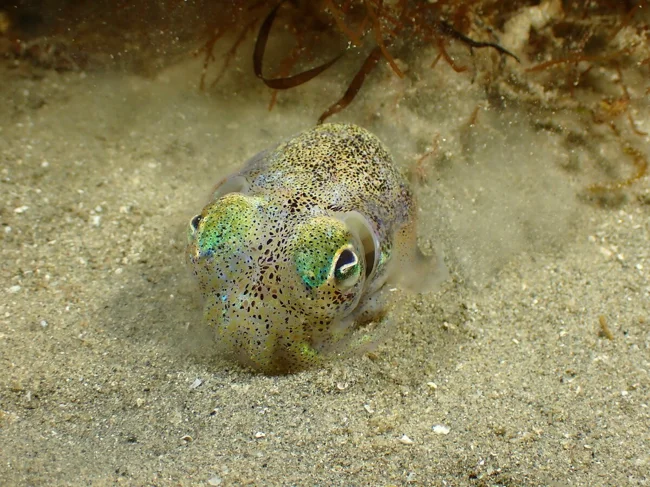
*hides underground*
This way it not only camouflages itself, but also acquires an additional layer of protection. If they get to the bottom of the octopus and grab it by... anything, it will simply shed the top layer of epithelium. The skin cells will dissolve themselves, and only thin skin creaking with sand will remain in the predator’s teeth. In addition, the Australian octopus is characterized by the main gift of its systematic group - outstanding intelligence. Pelmeshka solves trivial problems in a non-trivial way: he thoroughly studies the area and uses the environment to his advantage. 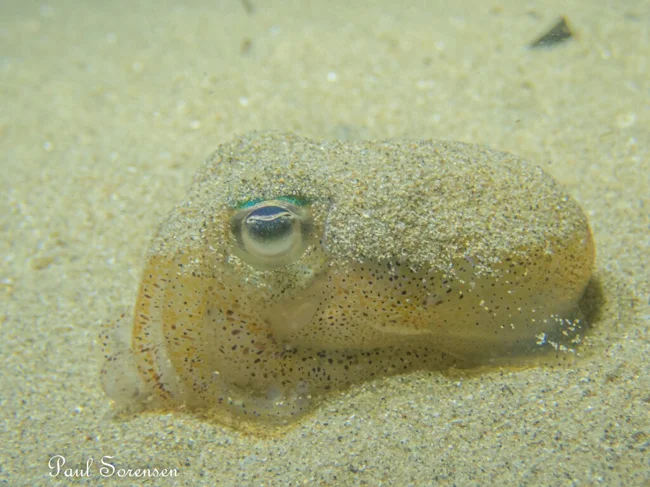
Who dropped the dumpling on the ground?
But the octopus also has disadvantages: all free-living dumplings are great individualists, they do not gather in packs. And southern octopuses live very short, no more than 8 months! For a product made from meat and dough, this is a significant period of time, but it is short even by the standards of short-lived cephalopods. For the first 3 months of their lives, the babies eat themselves and accumulate resources, and then they have the only breeding season in their lives. 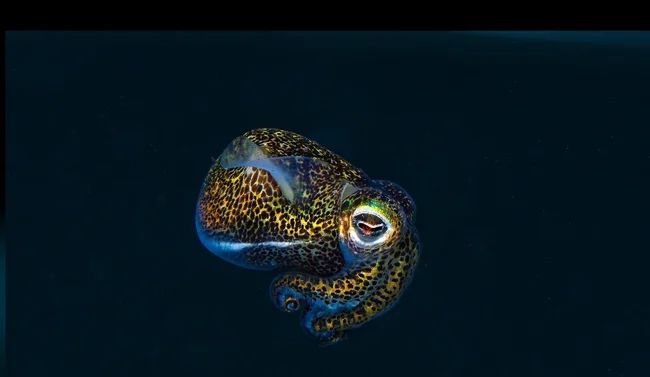
He rushes to find the ladies.
Males begin to prowl for females in the Australian spring. When a boy finds a girl, he will impregnate her using a hectocotylus, a tentacle modified to carry sperm. The male is in a hurry, he has 2-3 days left to live and during this time he must impregnate as many ladies as possible. Girls do not refuse a single invitation to coitus, either out of pity, or in the name of genetic diversity of the offspring. 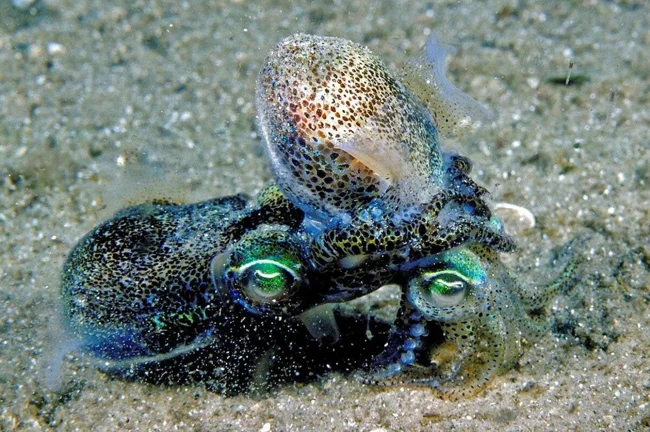
Cephalopods under 3 months of age are prohibited from looking at this photo card.
The female is destined for a different fate: over the next month she will lay up to 500 eggs and only then go to eternal rest. The young learn the essence of existence while still being embryos, so from birth they are able to hunt animals twice their size. 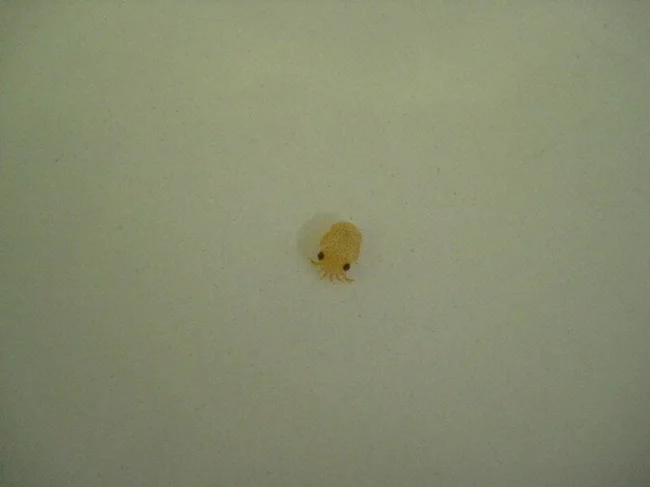
Secret photo from the dumpling factory. Early stages of production.
This is the amazing, interesting and dramatic fate of wild dumplings.

